Paris Concerts Introducing Reinhardt, 1934-38
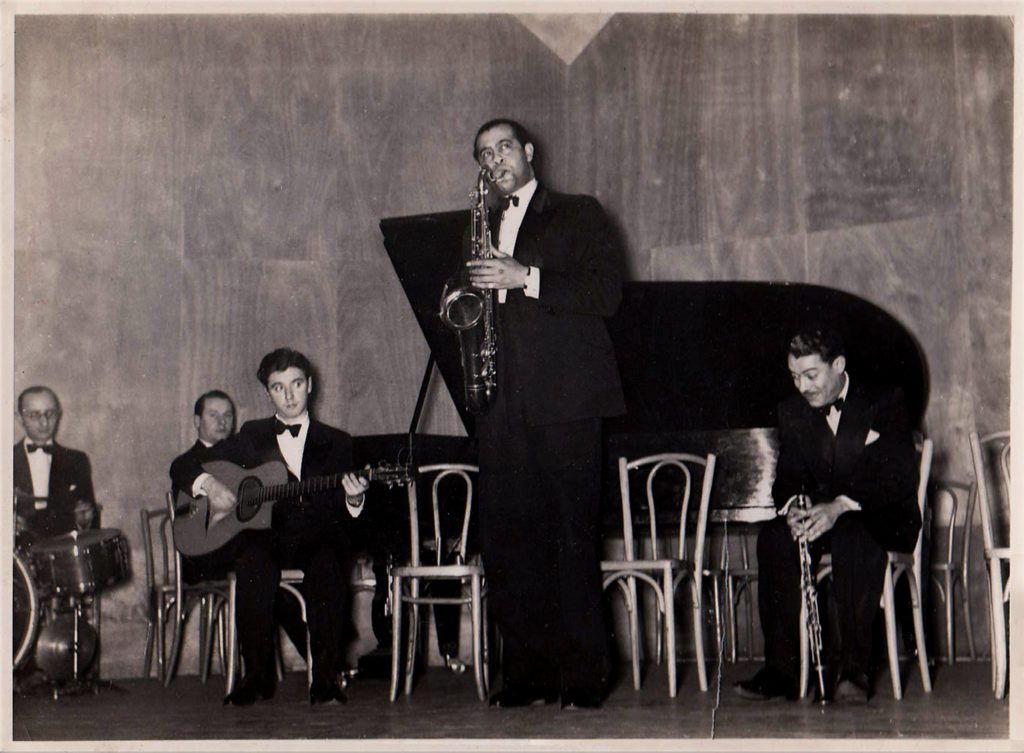
Where’s Django? Typically, the guitarist was often a no-show or late to his introductory concerts. L to R: Georges Marion (drums), Stephane Grappelli (piano), Roger Chaput (guitar), Goudie and Jerry Blake (clarinet), April 1935. Courtesy and property of Christine Goudie.
“Big Boy” lent his talents and encouragement to the nascent Hot Clubs of France — a network of jazz enthusiasts — when they were first getting organized in the early 1930s. The primary mission of the Paris Hot Club was introducing Django, often at performances featuring the towering saxophonist as an attraction.
The first performance was on February 4, 1934. One month later a rollicking concert and jam session received a rave review from the premier French jazz publication Jazz-Tango-Dancing that called it, “the living end . . . delirium incarnate.”
Last in the Hot Club series was December 16, 1938, a second spectacular Grand Nuit du Jazz. Besides Django and Goudie it featured trumpeter Valaida Snow, singer and bandleader Willie Lewis, trumpeter Bill Coleman and piano players Herman Chittison, Garland Wilson and Una Mae Carlisle — a Fats Waller protégé.
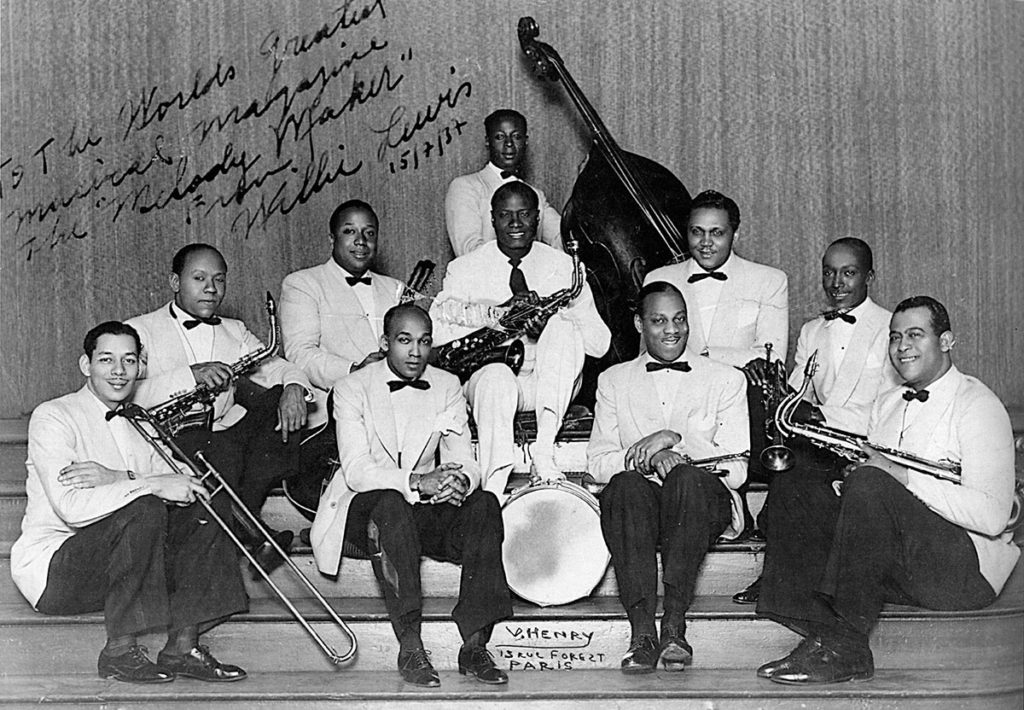
The Willie Lewis orchestra. Lewis is center with alto sax, Goudie far right with his tenor is seated next to trumpet players Jack Butler (left) and Bill Coleman (right). From BIG BOY.
The Swing Orchestra of Willie Lewis, 1936-38
During the late 1930s, Goudie worked in the swing orchestra of Willie Lewis and his Entertainers. Lewis, a prominent black-American bandleader in Europe, played clarinet, alto sax and sang. But his real talent lay in successfully leading a large African American jazz ensemble in Europe.
The Willie Lewis orchestra were the most formidable and successful Swing orchestra on the continent, playing for a social elite at the finest ballrooms, resorts and casinos. The brief tenure of Benny Carter in 1935-36 playing mostly trumpet — which did not overlap with “Big Boy” — garnered prestige and some excellent arrangements. Goudie played tenor sax and some clarinet on about a third of their three-dozen recordings.
Paris 3 – Willie Lewis and his Entertainers – Christopher Columbus.mp3
Paris 5 – Willie Lewis B Swiss Miss
Encountering The Hawk — Saxophonist Coleman Hawkins
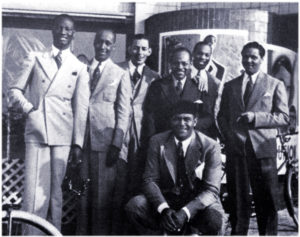
Big Boy meets Hawkins. L to R: Willie Lewis, Bill Coleman, Billy Burns, Coleman Hawkins, Frank Goudie (squatting, with beret), Billy Butler and Ted Fields at Knokke-le-Zoute, Belgium, August 1937
Paris 6 – Encountering the Hawk.mp3
In Parisian jazz the saxophone ascended rapidly to a stature equal to or greater than trumpet earlier than in the U.S.A. This is probably due to the extended visits of strong American saxophonists living or working in Europe – particularly Sidney Bechet, Benny Carter and Goudie. Foremost among them was Coleman Hawkins (1904-1969), widely considered the undisputed master of the saxophone who lived in Europe 1934-39, mostly Holland.
Coleman Hawkins, Django (guitar), Grappelli (piano), 1935
Stardust
Coleman Hawkins (tenor) and Freddy Johnson (piano) Holland, 1937-38.
Well All Right Then
Goudie was with the Lewis orchestra when they toured Belgium in summer of 1937. He ran into his old friend pianist Freddy Johnson who was having great success running a nightclub in Amsterdam and recording with Hawkins.
In Belgium Goudie got to meet and hear Coleman Hawkins, who was his great inspiration. Frank was deeply impressed by his improvisational skill. In pre-war recordings “Big Boy” played tenor in a distinctly Hawkins-influenced manner. A 1963 San Francisco Examiner profile by Richard Hadlock evoked Goudie’s encounter with Hawkins:
“He told me once that he was very inspired by the visit of Coleman Hawkins to Europe. He said, ‘You know, I listened to Hawkins in an all-night session. He played Stardust for half and hour and never repeated himself.’ He said, ‘I learned a lot from him. It was a fantastic experience’.”
Goudie placed Hawkins in a rare category, as quoted by trombone player Jim Leigh in his memoir:
“Oh, Hawk. The man was just champion of the world, that’s all. Saxo-tenor champion du monde. He showed everybody how to play that damn thing.”
Andre Ekyan — The Most Original Saxophonist in Europe
Paris 4 – Andre Ekyan Sheik, Django Reinhardt Swing Guitars.mp3
By the late-1930s Goudie was working regularly in close partnership with the two most original jazz musicians of France: Django and the brilliant alto saxophonist Andre Ekyan (b. 1907 France – d. 1972 Spain). Ekyan was a noteworthy European jazz pioneer and activist who led bands and organized concerts, jam sessions or recording dates in Paris and London.
Unlike his contemporaries Ekyan did NOT simply adopt the Coleman Hawkins sound. Instead he synthesized a fresh alto style drawn only partly from Americans Benny Carter, Frankie Trumbauer and Lester Young.
Ekyan was a sponsor of Django’s early career. They cut several brilliant duets together and performed or recorded with “Big Boy.” Goudie, Ekyan and Reinhardt were combined on several titles for the French Disque Swing label. Ekyan had a distinct talent for making great sounding discs.
Andre Ekyan (alto sax), Django Reinhardt (guitar), 1940
Rosetta Ekyan & Django
Hungaria Ekyan & Django
Swing Sessions — Paris 1939
In late May 1939 Goudie recorded for the Disque Swing label in Paris leading a band under his own name on tenor sax and clarinet. Frank was due to wed on May 30th. His upbeat, romantic mood may be reflected in these two original tunes he composed. The session was graced by the effervescent stride piano playing of Joe Turner, trumpet playing of Jack (aka Jacques) Butler and Ekyan on alto or clarinet.
Big Boy and his Orchestra
You and I Babe_Goudie Orch_1939
You In my Arms and Sweet Music_Goudie Orch 1939
And “Big Boy” played trumpet with Ekyan’s orchestra. “Darktown Strutters Ball” was one of his few of trumpet recordings. According to horn player Chris Tyle, “Goudie exhibits a sparse approach. On this performance his playing seems more on the order of Bunk Johnson – definitely more of a New Orleans approach.”
Andre Ekyan (alto sax and clarinet) and his Orchestra
Frank “Big Boy” Goudie (trumpet), Joe Turner (piano), Django Reinhardt (guitar), Lucien Simoens (bass), Tommy Benford (drums)
Darktown Strutter’s Ball
End of a Jazz Era — November 1939
In the late 1930s Django’s gypsy-flavored Hot Club style was eclipsing American jazz in Paris. Goudie rolled with the changes easily, playing at Le Chantilly during 1938-39 with Oscar Aleman. Aleman was a jazz guitarist comparable to Django — though with his own style and Latin outlook.
Meanwhile, a pall had fallen on France in general and Paris in particular. German occupation was looming and war was possible. Aleman (an Argentine) headed home. Most of the American entertainers living in Europe were also leaving.
Goudie, instead, headed for South America in November 1939. Thanks to former musical associate Peter Wanderly, he already had a Brazilian contract under his belt. It was to become a successful and vibrant chapter of his life (spent mostly in Rio de Janeiro with his new wife, Madeleine). However, Frank was unaware that it would be more than a half-decade before he was free to return to Europe.
The year 1939 marked the end of a rich musical efflorescence in Europe which had been shared by black and white musicians, American and European. Surely, Le Tumult Noir would have happened without “Big Boy,” but it would have been poorer for his absence. Recent research makes it clear that Frank Goudie was an exemplar, vanguard and icon who was integral to that cultural moment; a Continental Golden Age of Jazz and Swing, 1924-39.
Part two explores Goudie’s six years in South America accompanied by his wife, return to Europe and recording. Part three depicts his colorful chapter in San Francisco (1956-64) through the words of those who knew him and exclusive rare tapes.
Lagniappe
Skilled jazz cornet player Chris Tyle comments on Goudie’s five trumpet recordings with examples.
Paris 7 – Chris_Tyle_commentary_Goudies trumpet.mp3
The story of Big Boy and early jazz continue at the JAZZ RHYTHM website: www.JAZZHOTBigstep.com.
Based on interviews discussions or correspondence with Richard Hadlock, Bob Mielke, Chris Tyle and Dan Vernhettes. Thanks to Dan Vernhettes and Christine Goudie for photos, Hal Smith for assistance.
Thanks to Richard Hadlock for his out-of-print San Francisco Examiner articles; Chris Tyle for insight on Goudie’s trumpet records. Podcast dramatic readings by Kenneth Gant.
See also: BIG BOY, The life and story of Frank Goudie, by Dan Vernhettes with Christine Goudie and Tony Baldwin (2015 Jazzedit.org). Heaven on the Side: A Jazz Life, Jim Leigh (2000 self-published).
BIG BOY Book
http://www.jazzedit.org/English/EBb/Big-Boy.html
- ← Previous page
- (Page 3 of 3)

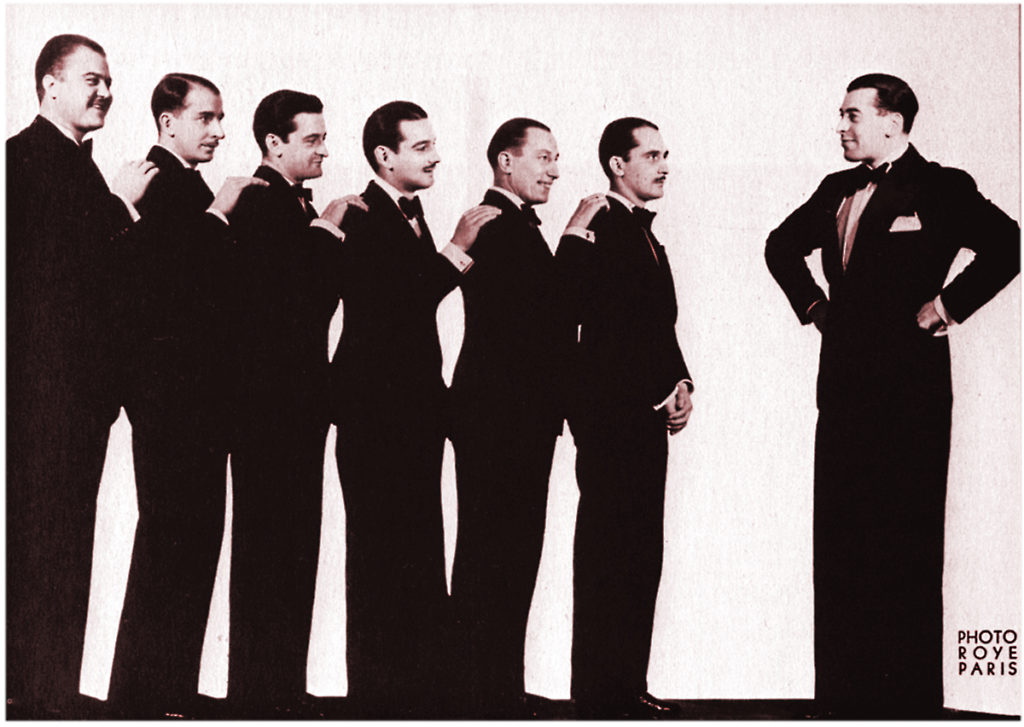
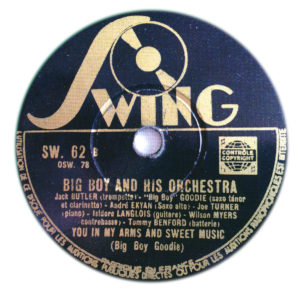
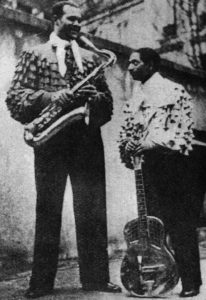
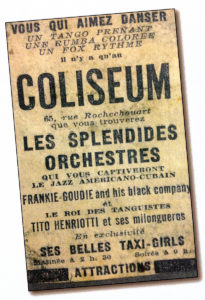
For further detail see:
BIG BOY book
http://www.jazzedit.org/English/EBb/Big-Boy.html
Frank Big Boy Goudie – main page
http://jazzhotbigstep.com/120601.html
Goudie’s Paris
http://jazzhotbigstep.com/137101.html
Frank Goudie in Paris, 1924-39
http://jazzhotbigstep.com/752934.html
Andre Ekyan
http://jazzhotbigstep.com/293212.html
Django Reinhardt
http://jazzhotbigstep.com/242.html